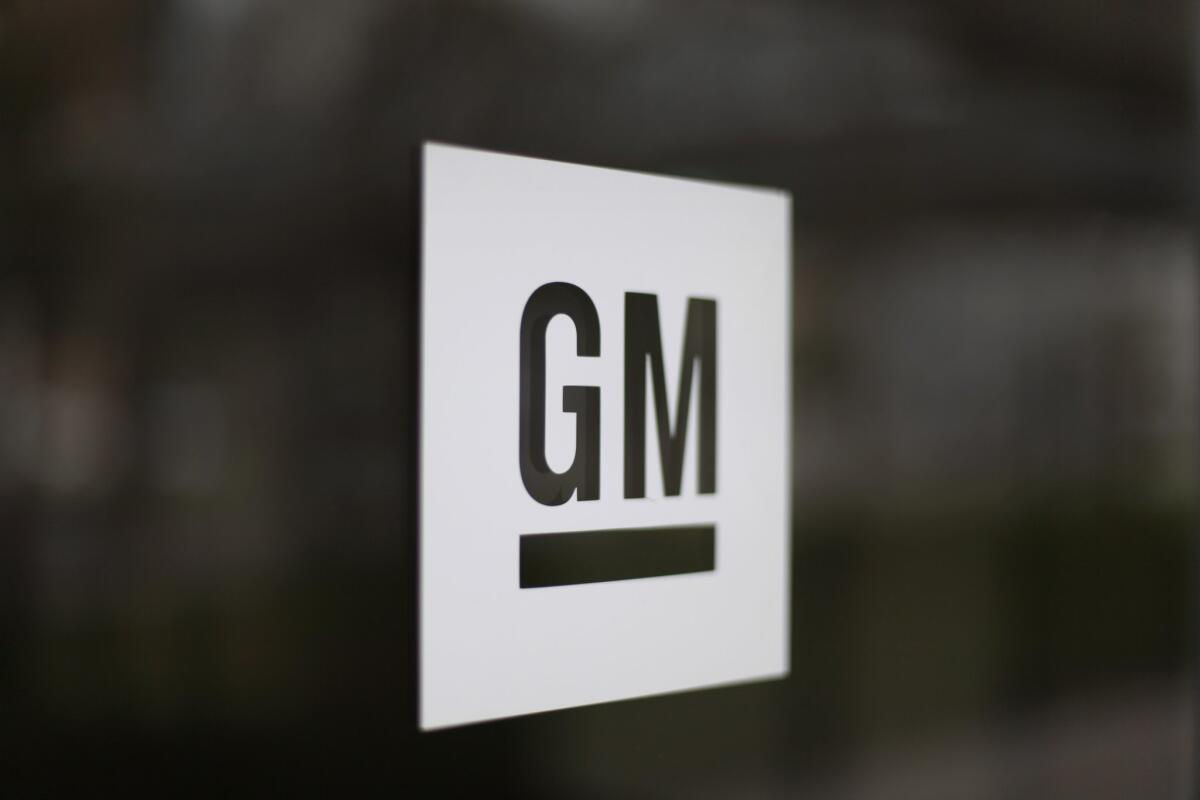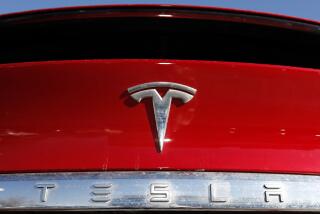GM shielded from many ignition-switch lawsuits, bankruptcy judge rules

General Motors is shielded from claims over deaths and other damages that occurred in crashes before the automaker’s 2009 restructuring in Bankruptcy Court, a federal judge ruled Wednesday, stopping more than 100 cases that center on faulty ignition switches and other claims.
However, people injured in a vehicle built before the bankruptcy but in a crash after the new GM was established can still file a lawsuit against the company, the ruling by Judge Robert Gerber says. Those killed or hurt before the restructuring cannot claim damages from the current company.
“This ruling padlocks the courthouse doors,” Bob Hilliard, a Texas attorney representing ignition-switch victims and their families, said in a statement. “Hundreds of victims and their families will go to bed tonight forever deprived of justice. GM, bathing in billions, may now turn its back on the dead and injured, worry free.”
Attorneys representing people who were injured had argued that the automaker’s failure to promptly recall vehicles with a defective ignition switch represented a fraudulent action that warranted the Bankruptcy Court allowing lawsuits to proceed against the surviving company.
“Judge Gerber properly concluded that claims based on Old GM’s conduct are barred, and that the sale order and injunction will be enforced for such purposes,” GM said in a statement.
The ruling also blocked lawsuits from people who hoped to claim economic losses by, essentially, arguing that the recall scandal had damaged the value of their GM cars.
Wednesday’s ruling determined whether GM retained the liability for crashes occurring in 2.6 million vehicles recalled for ignition switch failures. In those cases, the faulty switch can suddenly shut down the vehicle, turning off crucial functions such as the power steering and air bags. GM waited until last year to recall the vehicles even though the automaker knew about the problem for at least a decade.
The defect is responsible for at least 84 deaths and 157 injuries, according to Kenneth Feinberg, a victims’ compensation consultant hired by GM.
The period during which the automaker was aware of the problem but did not recall the vehicles straddled a tumultuous period in GM’s history. GM once dominated global auto production but produced many vehicles that sold at a loss to keep production lines running and to honor union employment contracts. That, combined with the last recession, added up to about $100 billion in losses in the immediate years before its 2009 bankruptcy filing and government bailout.
As in many corporate bankruptcies, GM’s legal slate was wiped clean. The restructuring technically created a new company of the same name, which bought the assets of the old GM but allowed it to shed its debts and legal liabilities. The U.S. government brokered the transaction as part of a historic bailout to save the company from collapse.
The bailout ultimately cost taxpayers about $11 billion.
The question of liability hangs on a specific date: June 1, 2009, the day GM filed for bankruptcy. With the judge’s ruling Wednesday, the current GM is off the hook for lawsuits based on crashes before that date.
The automaker could face millions of dollars in civil judgments involving crashes after that date. To diffuse that liability, GM created a special compensation fund for victims in crashes caused by the faulty ignition switches. The program is administered by Feinberg. It is offering payments ranging from a few thousand to several million dollars to crash victims or their heirs.
For example, a paralyzed 10-year-old child might get $7.8 million based on lost future earnings, while a parent with two children might receive $4 million after losing a spouse who earned $46,400 a year, according to one hypothetical case described by Feinberg. Victims or their heirs give up the right to sue GM in order to receive the money.
Previously, Feinberg administered compensation funds for the Sept. 11, 2001, terrorist attacks, the Deepwater Horizon oil spill in the Gulf of Mexico and other high-profile incidents.
“We are pleased that Judge Gerber will allow claims to proceed against New GM if misconduct by New GM was involved in this series of massive recalls. We believe that New GM’s misconduct was in fact present in the sale of millions of defective vehicles -- a truth that we believe New GM knew and chose to conceal,” said Steve Berman, managing partner of Hagens Berman and co-lead counsel representing plaintiffs in nationwide litigation against GM.
Berman said he plans to appeal Gerber’s ruling that claims against the new GM for its predecessor’s conduct are barred.
“It cannot be the law that Old GM could hide the defects, and subsequently use the bankruptcy court as a shield,” he said.
Berman said, “evidence overwhelmingly shows that Old GM was aware of the deadly defect for years before the bankruptcy, but chose not to conduct a safety recall and concealed its knowledge of the defect from regulators and consumers. New GM continued the cover-up for years before finally issuing recalls beginning in February of 2014.”
“This does seem like a victory for GM,” said Carl Tobias, a professor at the University of Richmond School of Law. “My sense is that many of the vehicles with the switch issue are pre-2009, which seems to mean that their owners will not be able to recover from New GM.”
“If Gerber’s opinion holds up, GM will avoid exposure to considerable liability and the attendant litigation costs of thousands of suits,” Tobias said.
For more autos news, follow @LATimesJerry on Twitter.








